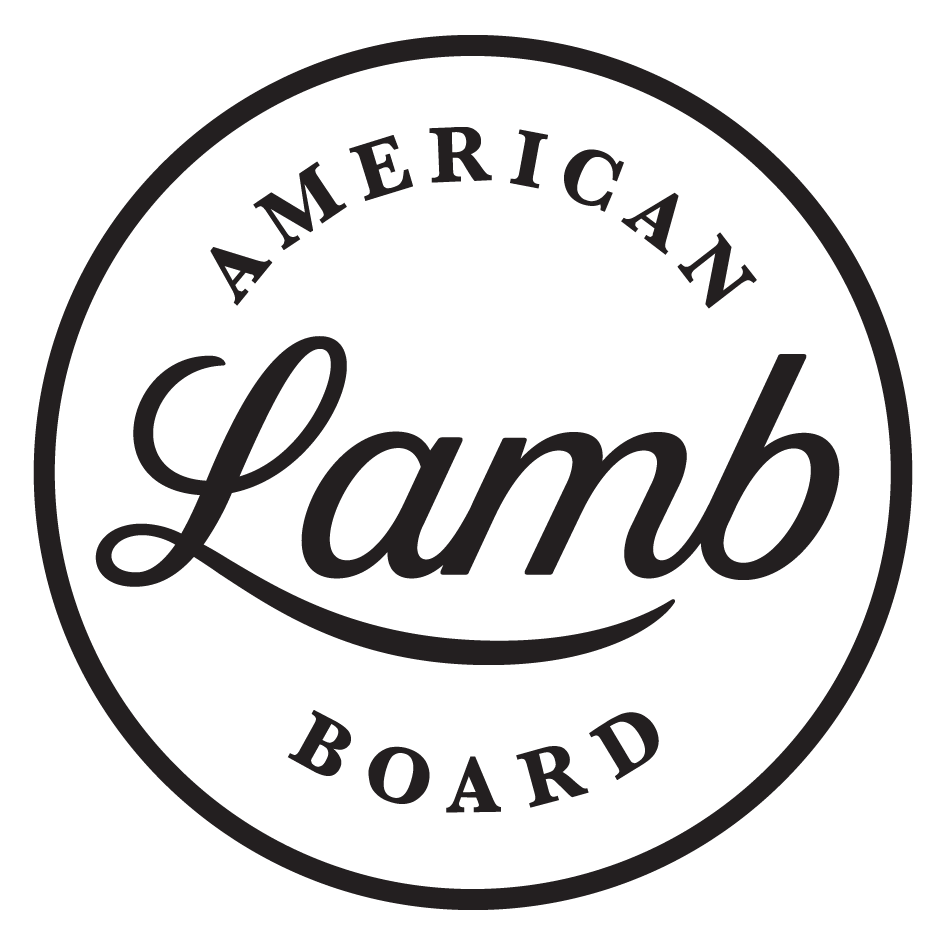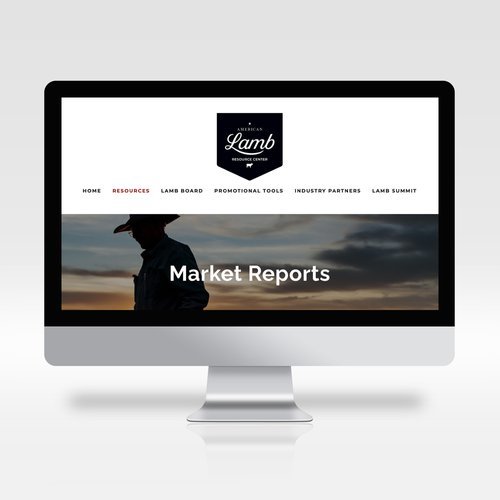January Market Report Offers Insight for American Lamb Producers
The American Lamb Board (ALB) and the American Sheep Industry Association (ASI) provide monthly market reports aimed at delivering timely and useful information for American Lamb producers. The recently released January report summarizes USDA’s National Agricultural Statistics Service (NASS) annual sheep inventory report and provides insight on lamb imports, market values and retail lamb prices.
Smaller US Lamb Flock
The US lamb flock is smaller going into 2023, although live lamb prices have strengthened. Wholesale values continue to adjust and are anticipated to move higher but will rely on consumer demand recovering. Production costs remain high. Moderating inflation and improving supply chains are still concerning. Cold storage inventories at the end of 2022 were above year ago levels.
Sheep Inventory Lowest on Record
The US sheep and lamb inventory totaled 5.02 million head as of January 1, 2023, which is 45,000 head below last year and the lowest on record. The number of breeding sheep was 3.67 million head, down 1% from 2022. There were 635,000 head of replacement ewes, equal to 22% of the ewe flock. There is a bright spot, though—market lambs were 3,000 head higher than a year ago, at 1.28 million head. Fewer ewes meant a 2% decline in the 2022 lamb crop to 3.11 million head, another record low.
Largest Slaughter Lamb Imports in 20 Years
Imports of Canadian slaughter sheep were around 31,500 head in 2022, based on weekly data from USDA’s Agricultural Marketing Service (AMS). This is the largest number of slaughter imports in 20 years and 4,000 more head than 2021. Five US processing plants are approved to accept slaughter sheep from Canada, with four of them in the eastern US. Slaughter imports are driven by smaller domestic supply and demand growth in the ethnic market.
At the 2022 American Lamb Summit, sponsored by ALB and Premier 1 Supplies, Nick Forrest, Forrest Family Farm, spoke on how the US Lamb Industry can increase its competitiveness and recapture market share from imports.
Lightweight Lambs Selling Higher
In January, feeder lambs sold on video markets ranged from the mid-$130/cwt to $160/cwt, with lighter-weight lambs selling for a higher price. Auction markets serving the ethnic market sold lightweight lambs at more than $200/cwt. Since November 2022, the National Negotiated Live Slaughter Lamb has been trending upward, but prices are still about $1.00 per pound lower than a year ago and 17% lower than two years ago.
Wholesale lamb values were lower in January compared to 2022, but still well above values from 2021 and 2020. All major cuts were down from 2022, with the largest price declines seen in the shoulder (down 26% per pound), leg (down 25% per pound), and loin (down 24% per pound). Costs for processing and packing increased over the past year to $77/cwt, up $15/cwt from last year.
The Livestock Marketing Information Center is forecasting live lamb prices to improve as 2023 continues, anticipating prices above a year ago later in 2023.
Retail Lamb Prices Remain High
“During this past tough year, ALB worked to support our loyal American Lamb retail and foodservice customers and invest in programs and strategies that can strengthen our long-term competitiveness,” said Peter Camino, ALB Chairman. “Making American Lamb the preferred choice of consumers, chefs and retailers is at the core of your American Lamb Checkoff’s promotion, information and research programs.”
That focus is evident in the ambitious 2023 strategic plan, including increasing demand for American Lamb by 5% and taking 5% market share from lamb imports by the end of 2028.
The American Lamb Board (ALB) is an industry-funded national research, promotion and information checkoff program that works on behalf of all American commercial and seedstock producers, feeders, direct marketers and processors to build awareness and demand for American Lamb. Funding is through mandatory assessments paid by all industry segments. The board is appointed by the Secretary of Agriculture and represents all industry sectors, geographic regions and sizes of production. The work of the ALB is overseen by USDA and supported by staff in Denver, Colorado.
ALB’s annual budget averages about $2.5 million. Almost two-thirds of funds are devoted to American Lamb promotion. By law, the Board’s expenditures for administration are limited to 10% or less of projected revenues. The board was established in 2002.

